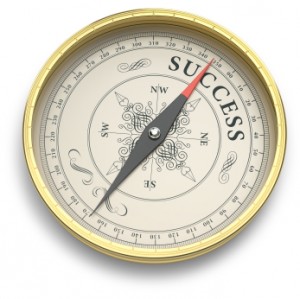When I was applying for graduate studies to my current university and I was searching for the courses that I had to attend, one made me feel really happy and thrilled about the program and that was Public Relations and Digital Media.
So, this blog is on behalf of that class. Through this post I will analyse why I consider this course the most interesting and exciting one I have ever taken. And I am not overreacting, it's just the truth! What I really enjoy, is that the course is practical and teaches you things that are absolutely important to know these days. Let's begin by blogging. Ok, I don't say I am an expert now, but I have learned many things about the way you should post, the right position of the photos, the way you should write and review your writting before posting it and finally the research that you should conduct before blogging.
Moreover, I learned who to create my own video, edit it and upload it to my blogs or YouTube through the use of Windows Live Movie Maker. I always believed that this must be something really hard, but it turned out that it wasn't! I can admit that creating a video on your own with a camera and then editing it, is a really fun process. It is amazing and suprising at the same time how a video that you videotape can be uploaded in YouTube in just a few minutes! This seems to be a perfect tool for PR practitioners who want to share videos with their publics either to provide material for an ongoing event or just to keep them informed.
To move on, during this course I also learned that PR practitioners can really benefit from the use of web analytics, such as Google Analytics. It is a great opportunity for them to analyse and monitor the "buzz" that is created in their sites by people around the world. In addition, it can be really useful for PR practitioners in order to measure the impact of their campaigns. I was astonished when I noticed that my blog is being watched by people around the world. It's even more surprising the things that you can find out if you use Google Analytics, such as for how long visitors stay into your site, their daily statistical indicator...even the size of their computer's screen!
And then comes Twitter! Since I never had a Twitter account, I had to make one for the class. Actually, it was really fun because it made me believe that "it's not only about Facebook", but there are other social media tools as well! I started exploring the way that people tweet and the role of #hashtag. Additionally, I realised that Twitter is something more than simply tweeting. It is a continuous communication with people you consider important to your list and a constant investigation for topics around your area of interest. Twitter is a good way for companies to inform their followers about any events and their products. Furthermore, I realised that it is a great tool for job opportunities.
These are just a few examples of social media and there exist many more. For mem social media is a way of communication, engagement with publics and reputation. I believe that this is what PR needs!
Pictures are taken from:
http://themediaonline.co.za/2011/03/how-social-media-has-changed-pr/
http://tsougdw.blogspot.com/
http://computer-specialists.blogspot.com/2010/01/windows-movie-makerwindows-xp.html
http://emarketinguide.com/2011/03/google-analytics-upcoming-layout-new-features-design/
http://www.webtec.gr/
http://explore.live.com/windows-live-movie-maker?os=other
http://www.google.com/analytics/
http://www.techforluddites.com/2009/02/the-twitter-hash-tag-what-is-it-and-how-do-you-use-it.html

















